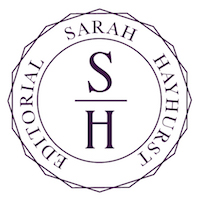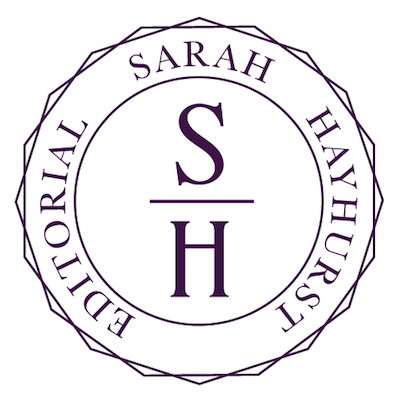We are actually united by style guides rather than at “war” over them.
After investing four years into a BA in Communication Arts, I was surprised by the ongoing investment of time necessary to stay current and conversant in the ever-changing style guides of CMOS vs. AP. I say “versus” because at times it seems like they are diametrically opposed to each other. Did two editors who were at odds have a falling out which led to the creation of opposing style guides?
Have you had a client essentially argue the principles of one guide vs. the other in terms of right vs. wrong? Of course, the “arguments” continually drive editors back to the universal sources to dictate our decisions. These sources are even complemented by specific dictionaries. The Chicago Manual of Style, 16th Edition with its thousand pages chooses Merriam-Webster’s Collegiate Dictionary as its cohort while the much shorter Associated Press Stylebook and Briefing on Media Law 2015 sides with Webster’s New World College Dictionary.
In addition to explaining our basis to clients, we might find ourselves avidly debating the guides with other editors. Seeking advice from other editors in regard to my interpretation of the principles is incredibly reassuring to me. What a blessing to be part of such a supportive organization of editors like The Christian PEN! Additionally, founder Kathy Ide wrote an excellent resource entitled Proofreading Secrets of Bestselling Authors. I recommend it to authors and editors for use as a quick reference tool for any CMOS vs. AP style “wars.”
While I embrace the use of universal guides, I had to do a little research to know for sure which guide I should follow for a specific project. Hands down, Chicago Manual of Style is expected by publishers of books, fiction or nonfiction, and I find CMOS to be most aligned with the Advanced Grammar course I took in college as well. However, AP style fills the niche of journalistic writing—press releases, newspaper articles, magazine articles, and blog articles. I have found in my personal experience that often a business or ministry will develop a brand-specific style guide for its website, but generally AP style is going to work well for a website since the articles posted on the site would follow AP style.
Nonetheless, tedious as the process might be, we are actually united by style guides rather than at “war” over them. They are invaluable resources—sources of sanity and confidence! Instead of working arbitrarily in silos, authors, editors, and publishers can align with the experts on the matter. I’m thankful for these tools because I have assisted clients who were unfamiliar with them and, therefore, who would have otherwise wondered if I were making it all up as I go! Instead, I am able to raise the “arguments” from personal preference or generational grammar rules to a higher plane of the current style guides. And that, in my opinion, is liberating to an editor who not only wants to be accurate but also desires to spend less time explaining edits to clients.
This article is also posted at The Christian PEN, you can find it here.

Sarah is a contributing gold member of The Christian PEN and Christian Editor Connection with whom she passed tests and demonstrated expertise in the proofreading, copy editing, and content editing (substantive) of both fiction and nonfiction manuscripts and content. As a skilled and conscientious editor and writer with over twenty-five years of experience, Sarah offers professional services for projects of all sizes. Clients can be confident in the quality of their polished manuscripts, knowing that her editorial knowledge and skills developed over many years will be applied to their projects.






